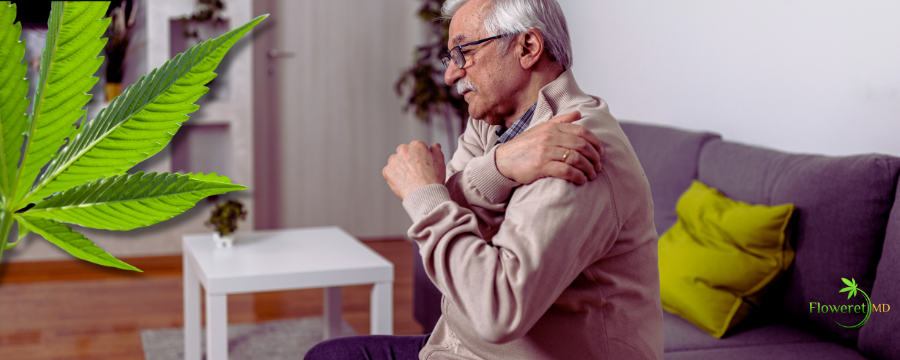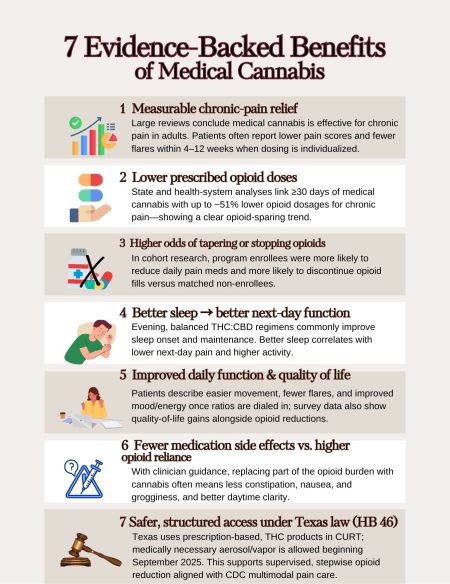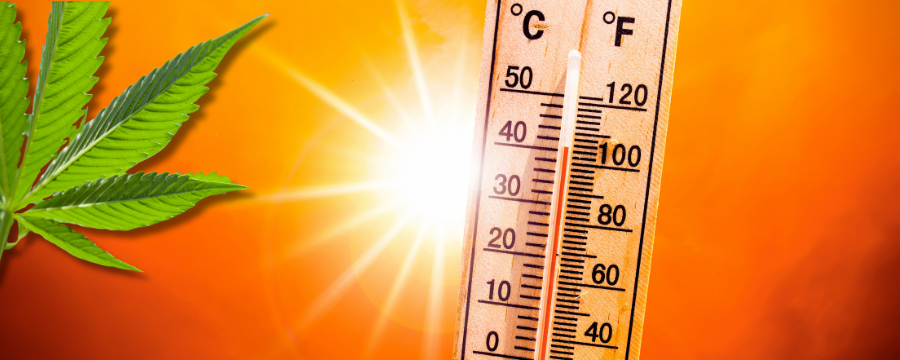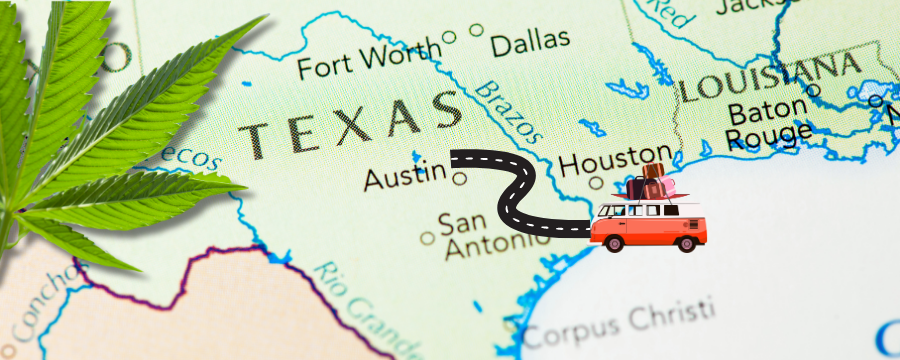- Texas Medical Cannabis Dispensaries vs Hemp Stores
- 5 Easy Steps to Fill Your Prescription
- Decoding Texas Cannabis Ratios: 20:1, 1:1, 0:1…
- Dosing & Product Education
- Texas CUP News & Legislation
- Conditions & Symptom Relief
- Practice Updates & Patient Stories
- Caregivers & Family Support
- Compliance & Legal FAQs
- Texas Medical Cannabis Guidebook 📚
- Complete Learning Library 📚
Marijuana, Pain, and Opioids: 7 Evidence-Backed Benefits for Texas Patients
On August 21, 2025
Comments Off on Marijuana, Pain, and Opioids: 7 Evidence-Backed Benefits for Texas Patients

👀 Medical Marijuana, Pain, and Opioids
Living with chronic pain turns every day into a balancing act: discomfort, sleep, and side effects. The good news? Across multiple studies, medical cannabis is linked with real pain relief and lower prescribed opioid doses, often alongside better sleep and daily function. If you’ve wondered how marijuana, pain, and opioids fit together in Texas, this guide highlights the benefits and shows you how to access care legally through the Compassionate Use Program Texas (TCUP).
💡Quick Take: Cannabis can relieve pain and reduce opioid use
Pain relief that patients feel: National Academies reviewers concluded cannabis is effective for chronic pain in adults – a strong signal for patients seeking better days and nights. National Academies PressNational Academies
Opioid-sparing in real life: Cohort and survey studies report sizeable drops in prescribed opioid doses after patients start medical cannabis, ranging from up to 51% lower dosages in New York analyses to a 64% reduction in a Michigan survey of chronic pain patients. PMCJAMA NetworkJPain
Better function & sleep: Many patients also describe improved sleep and daily activity once dosing and ratios are dialed in – wins that matter as much as pain scores. National Academies Press
Key principle: Start low, go slow, and coordinate with your prescriber. The best outcomes happen when cannabis is added to a multimodal plan and any opioid changes are made gradually and safely (per the CDC’s 2022 pain guideline). CDC StacksCDC

🧐 Marijuana, pain, and opioids: what the research shows
Michigan (Journal of Pain): 64% lower opioid use
In a University of Michigan survey of chronic pain patients enrolled in medical cannabis, participants reported a 64% decrease in opioid use, fewer medication side effects, and better quality of life. For patients, that translates to less reliance on opioids while maintaining or improving pain control—when cannabis is integrated thoughtfully. JPain+1University of Michigan News
New Mexico cohort: higher odds of tapering or stopping opioids
A historical cohort study compared chronic pain patients enrolled in New Mexico’s medical cannabis program with similar non-enrolled patients. Enrollees were more likely to reduce their daily opioid doses and more likely to stopfilling opioid prescriptions over follow-up—real-world behavior change that many Texas patients want. PLOSPubMedUNM UCAM Newsroom
New York data: up to 51% lower prescribed opioid doses
Analyses summarized by New York State and academic partners show that receiving ≥30 days of medical cannabis for chronic pain was associated with up to a 51% reduction in prescribed opioid dosages. Association isn’t causation, but the direction is consistent across datasets: when patients add medical cannabis, opioid exposure often drops. PMCsph.cuny.edu
Reality check: Not every study finds large effects, and population-level results can be mixed. Your response depends on diagnosis, product, dose, and follow-up. That’s why personalized dosing and coordinated careare non-negotiable. National Academies Press
🤓 Why cannabis helps you feel and function better
Your endocannabinoid system (ECS) helps regulate pain signaling, inflammation, stress responses, and sleep. Plant cannabinoids, THC and CBD, interact with ECS receptors (CB1/CB2) and other pathways to dampen pain, ease hyperalgesia, and improve sleep - often unlocking better participation in PT, mobility work, and everyday tasks. For many adults, that means fewer flares, better nights, and more productive days, especially when neuropathic or mixed pain is part of the picture. National Academies Press
What patients commonly notice in the first 90 days

Weeks 1–2: Sleep steadies; nighttime awakenings decrease; morning stiffness improves.
Weeks 3–4: Flares are shorter/less intense; mood and activity rise.
Months 2–3: With clinician support, some patients begin gentle opioid dose reductions while maintaining or
improving pain control, precisely the kind of progress you can feel
👩⚕️ Texas in 2025–26: HB 46 expansion and how prescriptions work
Texas’ HB 46 (signed in June 2025) substantially expands TCUP access and clarifies product forms and dosing caps—good news for patients seeking more options and easier access. Highlights:
More qualifying conditions, including chronic pain, traumatic brain injury, and Crohn’s/IBD.
Pulmonary inhalation (aerosol or vapor) may be prescribed when medically necessary; smoking remains prohibited.
“Low-THC” defined by dose (≤ 10 mg THC per dose), with packaging/device rules aimed at consistent, safe use.
More dispensing access statewide as rulemaking proceeds (licenses/satellites). MPPNational Law ReviewChron
For official program info—including CURT, the state prescription registry—see Texas DPS and the Texas.gov medical marijuana page. Texas does not use a physical “medical marijuana card”; qualified patients receive a prescription that dispensaries verify electronically. Texas Department of Public SafetyTexas.govState Law Library
Note: Legislative details continue to be implemented via agency rulemaking. We track updates so your prescription matches current rules. National Law Review
📲 How to get a Texas medical marijuana prescription via telehealth
Floweret MD, your trusted telehealth cannabis doctor Texas, ensures you’re well-informed about purchasing medical cannabis legally and effectively.:
Eligibility review: We assess your diagnoses (e.g., chronic pain, PTSD, autism, cancer), prior treatments, and goals through patient-provided histories, medical records, prescriptions, etc..
Education: We cover product types (tinctures, capsules, topicals, and medically necessary aerosol/vapor), THC/CBD ratios, titration, safe storage, and impairment rules.
Prescription in CURT: If appropriate, we enter your Texas medical marijuana prescription with dosing and refills consistent with DPS rules—no physical “card” needed.
Follow-up (free between annual recerts): Between annual recertifications, your clinical follow-ups are free of charge. You can reach our doctor with non-emergency questions by call, text, or secure portal message. We’ll review your benefits and side effects, and adjust dosing recommendations, using TCUP-aligned, patient-centered care. (For emergencies, call 911.)
- Annual recertification: We complete your yearly recertification at a discounted rate. This visit lets you check in, review progress, celebrate dosing wins, and fine-tune your plan—ratios, timing, and formulations—to keep you moving toward your goals. When appropriate, we’ll also update your CURT prescription to match your current needs.
🌿 Dosing for benefit: ratios, timing, and progress tracking
Start low, go slow, and change one variable at a time (dose or ratio or timing).
Texas formulations (including September 2025 HB 46 additions):
Tinctures/oils: precise, flexible titration; good for baseline control.
Capsules/edibles: slower onset, longer duration; steady background relief.
Metered aerosol/vapor (if prescribed): rapid onset for breakthrough episodes - without smoke.
Topicals: localized support; evidence varies by condition. National Law Review
Day vs. night dosing
Work hours: Use CBD-forward (e.g., 19:1 or 10:1 CBD:THC) to support function with minimal fog; add microdosing THC(0.5–1 mg) if neuropathic features persist.
Evening + sleep: Consider balanced ratios (1:1–4:1) or CBN:THC combinations 1–2 hours before bed to support restorative sleep and next-day comfort.
Track what matters: Keep a simple log - pain (0–10), sleep quality, activity, and breakthroughs. Celebrate functional wins: longer walks, easier chores, better focus.
Coordinating safely with opioids
Do not self-adjust opioid doses. When your log shows steadier days, talk with your prescriber about gentle, stepwise reductions (e.g., small decrements every 1–2 weeks), with close follow-up.
Avoid co-sedation: Be cautious with alcohol and other sedatives during titration.
Patient-centered plan: The CDC’s guideline emphasizes collaborative decisions and avoiding abrupt changes—principles that pair well with cannabis-enabled progress. CDC Stacks
🙋♂️FAQs for Texas patients
Does TCUP cover PTSD and autism—and now chronic pain?
Yes—PTSD and autism remain qualifying conditions, and HB 46 adds chronic pain (among others), expanding access to symptom relief and opioid-sparing opportunities under physician guidance. Chron
Is there a “medical marijuana card Texas”?
Texas uses prescriptions in the CURT system; dispensaries verify electronically at pickup. No physical “card” is required. Texas Department of Public Safety
Is the opioid-sparing effect real?
Multiple studies associate medical cannabis with reduced prescribed opioid doses—including Michigan’s 64% decrease, New Mexico’s higher odds of tapering/cessation, and New York’s up to 51% reduction. Individual results vary; careful dosing and follow-up are key. JPainPLOSPMC
🤗 Bottom line
Cannabis can move the needle. For many adults with chronic pain, medical cannabis delivers tangible pain relief, better sleep, improved daily function, and—crucially—a path to lower opioid reliance under physician guidance.
🗓️ Ready to feel the difference, safely and legally?
Book your telehealth evaluation with Floweret MD today. We’ll tailor your dosing plan, prescribe through TCUP, and coordinate a stepwise, supported approach that prioritizes your relief and your goals.
📚 References
National Academies. Health Effects of Cannabis and Cannabinoids—therapeutic effects for chronic pain. National Academies PressNCBI
CDC (2022). Clinical Practice Guideline for Prescribing Opioids for Pain—patient-centered, multimodal care. CDC StacksCDC
Boehnke KF, Litinas E, Clauw DJ. Journal of Pain (2016)—Michigan survey: 64% decrease in opioid use. JPain+1
Vigil JM, Stith SS, et al. PLOS ONE (2017)—New Mexico cohort: greater likelihood of reducing/ceasing opioid prescriptions. PLOSPubMed
Nguyen T, et al. JAMA Network Open (2023)—longer duration of medical cannabis linked to lower prescribed opioid dosages. PMCJAMA Network
Texas HB 46 updates: MPP overview; National Law Review summary; Houston Chronicle coverage; DPS/CURT info; Texas.gov medical marijuana page. MPPNational Law ReviewChronTexas Department of Public SafetyTexas.gov
Texas Original. Research Finds Medical Cannabis Reduces Opioid Use—industry summary of key studies. texasoriginal.com
Disclaimer: Educational content only—this is not medical advice. Consult a qualified professional before changing your hydration or dosing routine




